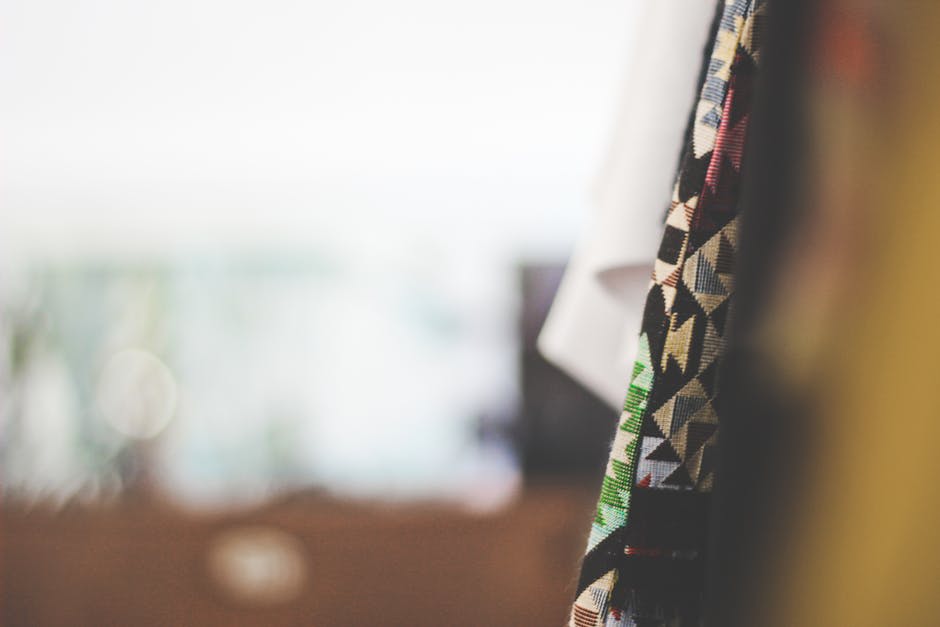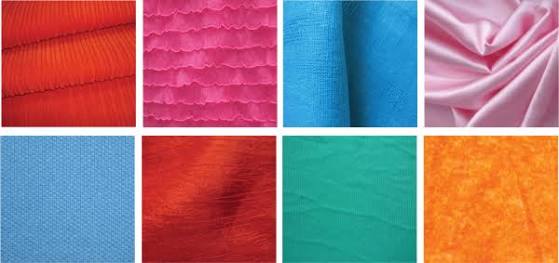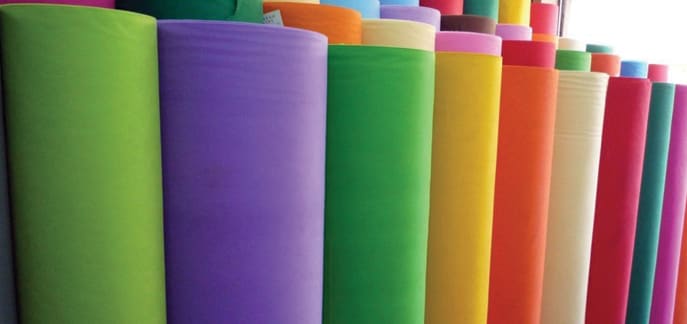Choosing a suitable fabric can be a challenge for most of us. When we enter a clothing store, we are overwhelmed by the array of fabrics on display. At the time of choosing a fabric, the spectrum of colours, patterns, designs, etc. can be confounding! In fact, it is only when we closely inspect a fabric that we get a thorough understanding of its actual composition.
Fabric study is a very interesting subject. For those of you who would like to gain a complete fabric knowledge can pursue a Diploma in fashion designing and explore it further. Fabric studies under textile design covers everything right from fibre to fabric.
Some important things that you will be learning in a textile designing course:
- Working on new prints and designs that are designed digitally or otherwise to develop new and interesting fabrics.
- Fabric ornamentation which involves playing around with different kinds of fabrics to create new textures and surface designs.
- Dyeing and its types that will help you achieve various interesting patterns on fabrics of different kinds.
- Developing new textiles based on your research and concepts.
Textile design forms the basis of fashion designing basics. Thus, Fabric Study is one of the most crucial basic subjects taught across fashion designing classes. You’ll gain a lot of fabric knowledge and learn about fabric in detail. So, how does one learn to choose the right fabric through this module? Let’s find out:
Selecting the Right Pattern
When you see a fabric, what is the first thing you envision? The pattern of course! Therefore, it is the first step in the fabric designing process. So, in order to choose the right fabric, the right pattern must be in place.
To start with, you can choose a very basic pattern. Make sure, when choosing a pattern, it is easy to sew as well as transform into a finished product. Also it’s important to know about fabric that you’re going to use based on your pattern. The correct fabric knowledge can save you a lot of time and fashion blunders.
If you have a certain pattern in mind, or have a picture of it, you can simply sketch it out. All our students learn to sketch fabric patterns at the formative stages of their fashion designing course.
Studying the Pattern
The pattern on a tunic will differ from the pattern on a coat or a skirt. Hence, you need to study every pattern carefully in order to find a suitable fabric to support it. For example, since fabrics like silk and satin have a wonderful fall, they are best suited for evening gowns. Similarly, cashmere, cotton, wool and linen are crisp fabrics, making them better suited for business suits.
Pattern elements such as gathers, pleats, style of sleeves, etc. can help you decide a suitable fabric too. Fabric to fashion might seem pretty easy, but only the right fabric knowledge can make it work.
Also Read: FASHION DESIGN: BASICS OF PATTERN MAKING
Types of Fabric
Elements that make every fabric unique is its texture, drape, colour, print, design, etc. Every fabric has a unique composition which makes it ideal for a garment. Fabrics can be broadly categorised into woven and non-woven fabrics. You can plan our entire collection only after choosing the fabric that fits the bill in terms of your vision behind it. To know more about fabric, join a fashion design course.
Woven Fabrics
In woven fabrics, the warp and the weft yarns run horizontally and vertically to each other. Since these fabrics are more durable, they can be easily cut into various patterns. However, considering the raw edges, they easily fray and this has to be taken care of, when designing. Tweed, corduroy, velvet, denim and poplin are few examples of woven fabrics. They are most apt for designing pants, shirts, coats, etc.
At Hamstech’s fashion designing basics, an exclusive topic on fibre to fabric and fabric to fashion gives a complete knowledge on various types of fabric, their behavior and suitability.
Non-woven Fabrics
In non-woven fabrics, the fibres are fused together with the help of chemicals, steam, heat and pressure. Many times non-woven fabrics are specifically used for shirt cuffs, collars and lapels because they give a certain stiffness and shape.
There is a vast difference between fabrics used for home décor and fashion. The main difference lies in the details of their construction. Fabric knowledge will help you in choosing the right fabrics for any project.
Also Read: FASHION DESIGNING BASICS: FASHION CYCLE
Fabrics density and Prints
The weight of the fabric is a major factor to consider when choosing one. Based on the pattern, you should decide whether you want to use a heavy or a light-weight fabric. Once you’ve made your choice, the next step is to decide the kind of print. Fabrics with designs and prints give a three-dimensional effect. Sometimes, even monochromatic colours work wonders.
Fabric Study is a core subject of fashion designing. Learn all about fabric and be the fabric designer of your dreams with a fashion design course. After all a good fabric knowledge is the key to a well-finished garment!




